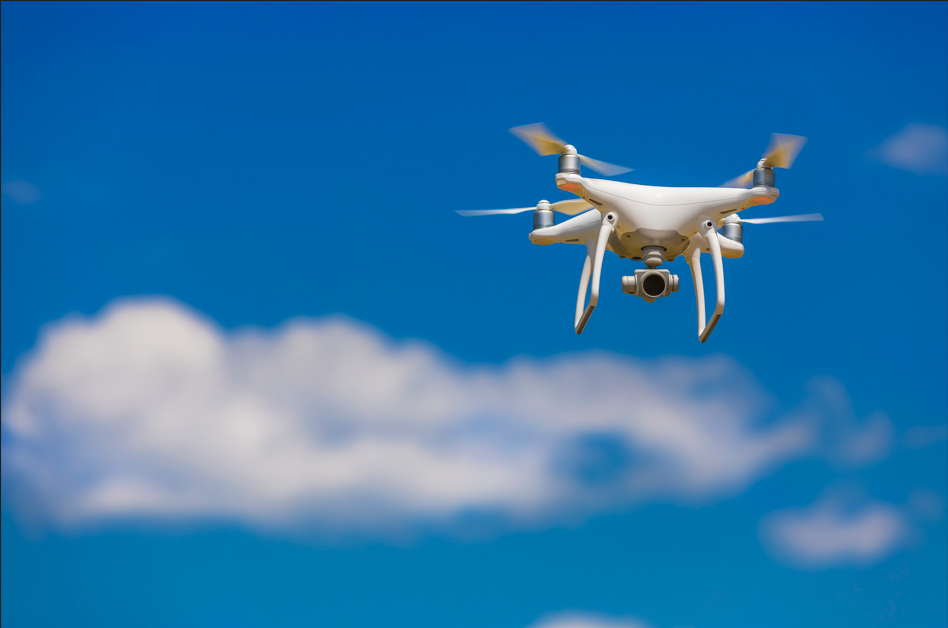Magnesium alloy materials in the low-altitude economy

As a lightweight material, magnesium alloy has become an ideal choice for low-altitude economic aircraft due to its low density, high strength, shock absorption and electromagnetic wave shielding capabilities. Compared with traditional materials, magnesium alloy is lighter, can significantly extend the flight time and improve energy efficiency. In addition, the shock absorption and electromagnetic shielding capabilities of magnesium alloy can also improve the operating safety and electromagnetic compatibility of aircraft in complex environments.
Electric vertical take-off and landing aircraft (eVTOL)
Fuse frame: The density of magnesium alloy is only 2/3 of that of aluminum alloy and 1/4 of that of steel. Using it for the fuselage frame can significantly reduce the weight of the aircraft, improve the load capacity and range. For example, Fengfei Aviation’s 2-ton cargo eVTOL uses magnesium alloy to manufacture some fuselage frame components, which effectively achieves lightweight while ensuring structural strength.
Wing structure: Magnesium alloy has high specific strength and can maintain the structural stability of the wing under large aerodynamic loads, while reducing the weight of the wing, which helps to improve the flight performance of the aircraft.
Motor housing: Magnesium alloy has good thermal conductivity and electromagnetic shielding properties, which can effectively dissipate the heat generated by the operation of the generator, protect the internal circuit of the motor from electromagnetic interference, extend the service life of the motor, and improve the operating efficiency of the motor. For example, the motor housing of Xiaopeng Huitian’s Traveler X2 smart electric flying car is made of magnesium alloy material.
Battery compartment: Magnesium alloy can be used to manufacture battery compartments. Its low density helps reduce the overall weight of the aircraft, and its electromagnetic shielding performance can prevent the battery from being interfered with by external electromagnetic interference, ensuring the safety and stable operation of the battery.
Instrument panel bracket: The magnesium alloy instrument panel bracket has good rigidity and stability, and can support various devices and display devices of the eVTOL instrument panel. At the same time, its lightweight characteristics also help to reduce the overall weight of the aircraft.
UAV
Fuselage frame: Magnesium alloy has low density, which can significantly reduce the weight of the drone, increase the endurance and load capacity, and the high specific strength can ensure that the fuselage can withstand various stresses during flight. For example, the multi-rotor drone “Hybrid Flyer” with a magnesium alloy frame is about 30% lighter than the traditional material frame, and the endurance time is also extended.
Wings and tails: can be used to manufacture the internal support structure or overall skin of wings and tails, while ensuring structural strength and aerodynamic performance, reducing the flight resistance and energy consumption of drones, and improving flight efficiency and flexibility.
Control circuit board bracket: provides stable support for the control circuit board. Its lightweight characteristics help to lower the center of gravity of the drone and improve flight stability. At the same time, the electromagnetic shielding performance can reduce electromagnetic interference between circuit boards and ensure accurate transmission of control signals.
Sensor housing: used to encapsulate various sensors, such as cameras, GPS modules, etc., while protecting the sensors, reducing the payload weight of drones, allowing drones to carry more equipment or extend flight time, and the corrosion resistance of magnesium alloys can adapt to the working requirements of sensors in different environments.
Propellers: magnesium alloys can be used to manufacture propellers. Low density and high specific strength help improve propeller rotation efficiency, reduce energy consumption, reduce weight, and thus improve the overall performance of drones.
Magnesium’s light weight, low cost and high reserve make it more advantageous than traditional materials, and it is expected to solve the dilemma of high raw material costs and low operating efficiency in low-altitude economic construction. With the continuous advancement of magnesium alloy production technology, large-scale production will further reduce costs, thereby promoting its large-scale application in the low-altitude field.
